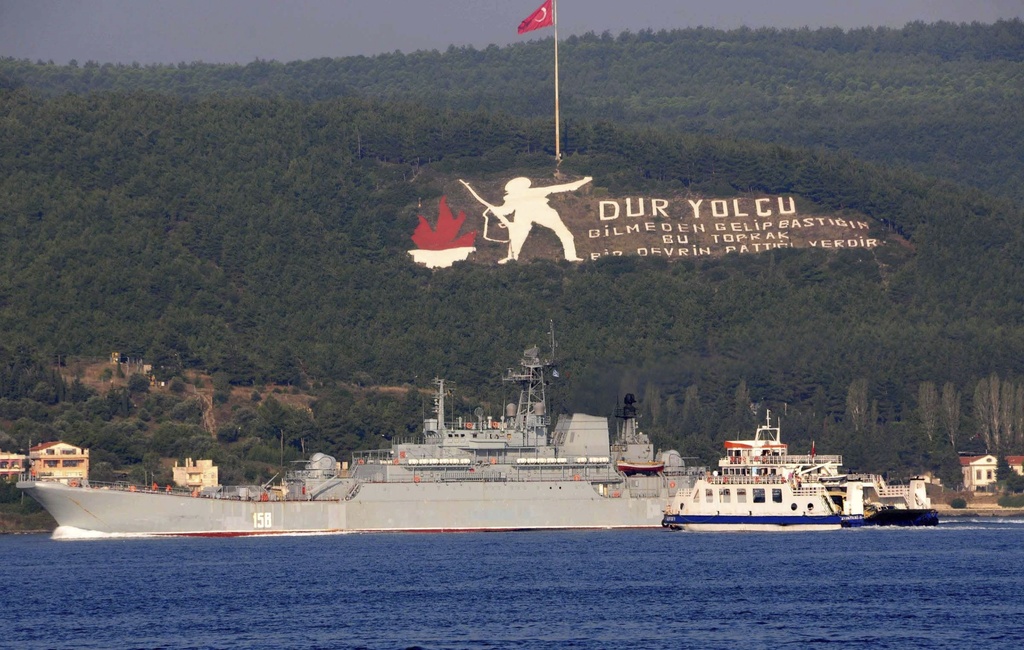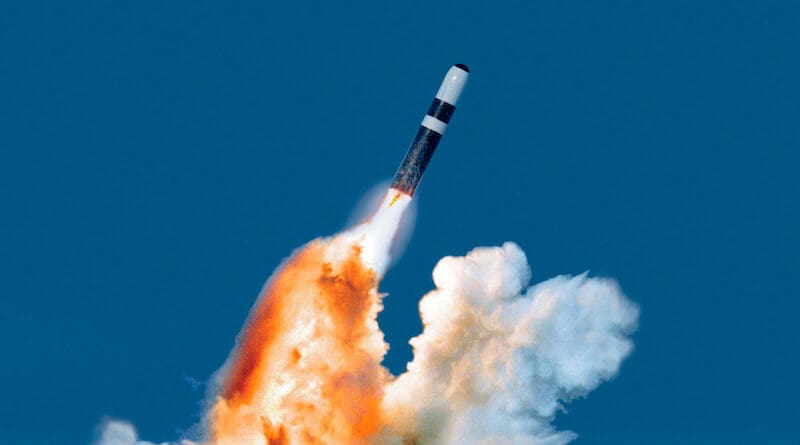Seth J. Frantzman

Five months of war between Israel and Hamas has led to Israel defeating Hamas in many parts of Gaza. However, Israel’s path to victory is still complex and uncertain as Hamas has retreated to an area along the Egyptian border. The longer the war goes on, the more there are calls for a ceasefire and humanitarian pause in the fighting. However, neither of Israel’s primary goals in Gaza have been met: the total defeat of Hamas and the release of the remaining hostages.
Meanwhile, Israel continues to face threats from the Iranian-backed terrorist group Hezbollah in Lebanon. Hezbollah has launched thousands of rocket and anti-tank missile attacks on Israel since October 7. Hezbollah also continues to strike at sensitive military sites in northern Israel, including an Israel Defense Forces (IDF) base on Mount Meron and the headquarters of IDF Northern Command in Safed. Pro-Iran media also continues to claim that Hezbollah is striking communications and surveillance sites along Israel’s northern border. The message is clear: Hezbollah is saying it knows how to target Israel’s military and it can increase the attacks if necessary.
Israel is now fighting on multiple fronts, including in Gaza, and retaliating against Hezbollah attacks. Israel is also fighting armed groups in the West Bank, particularly the Iranian-backed Palestinian Islamic Jihad. Iranian-backed groups in Syria and Iraq also threaten Israel and U.S. forces, and the Houthis in Yemen are attacking ships in the Red Sea. Israel has sought to manage all these fronts, ignoring the Houthi threats while U.S. Central Command and U.S. partners try to defend shipping in the Red Sea and keeping the Hezbollah front on low heat.
The focus on fighting Hamas in Gaza has diminishing returns. First of all, the IDF has redeployed many units out of Gaza. These include reserve units that made up the bulk of the fighting force called up after the Hamas attack on October 7. Around 300,000 reservists were called up, and Israel put nine divisions in the field, sending five to fight in Gaza and three to stand guard in the north. With the reservists now taking time off, there are three divisions in Gaza. Israeli units now control a corridor across central Gaza that essentially splits the Gaza Strip in two. In the south, the Ninety-Eighth Division is fighting Hamas in Khan Younis, where it has been fighting since early December. Meanwhile, the 162nd Division continues to sweep areas in the north, re-entering areas where the IDF had already fought in November.











